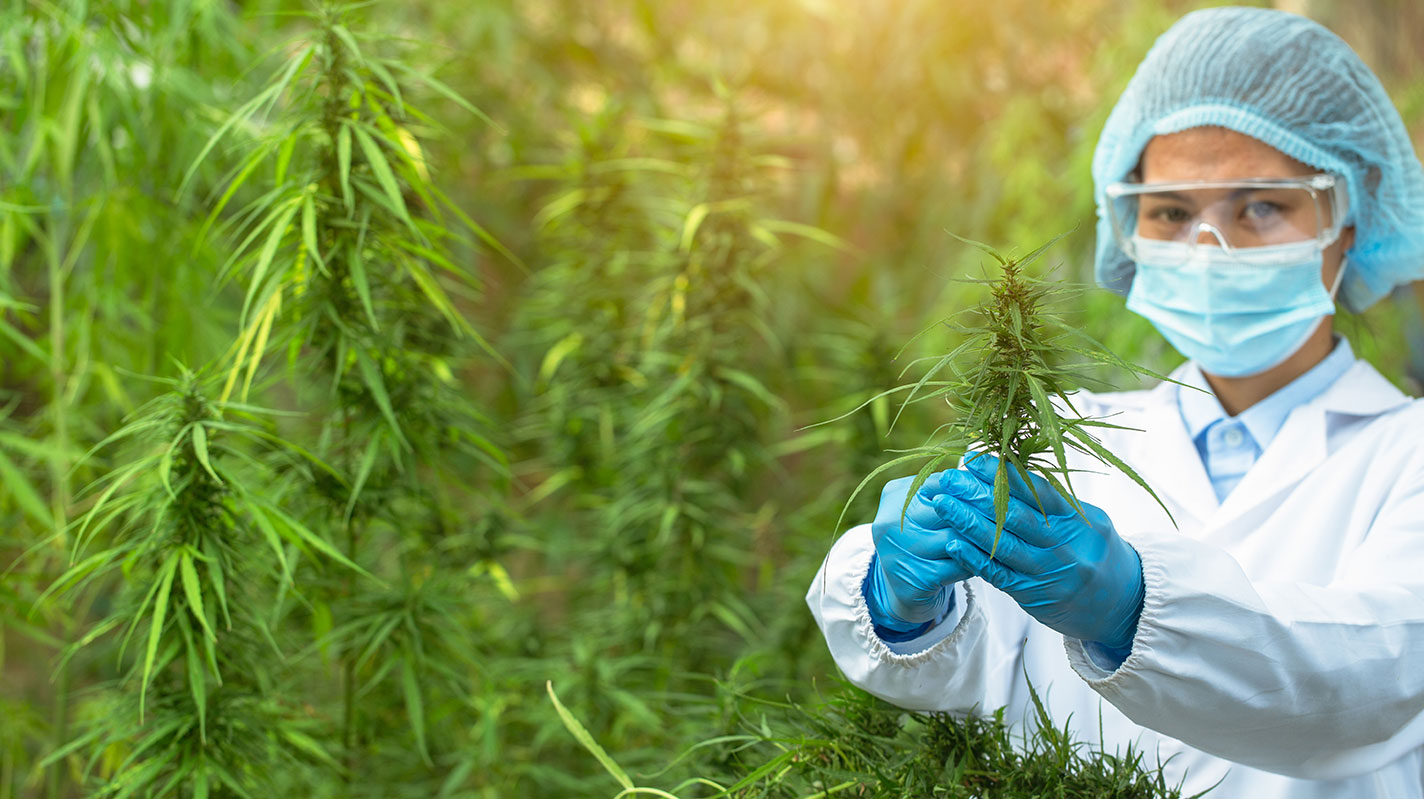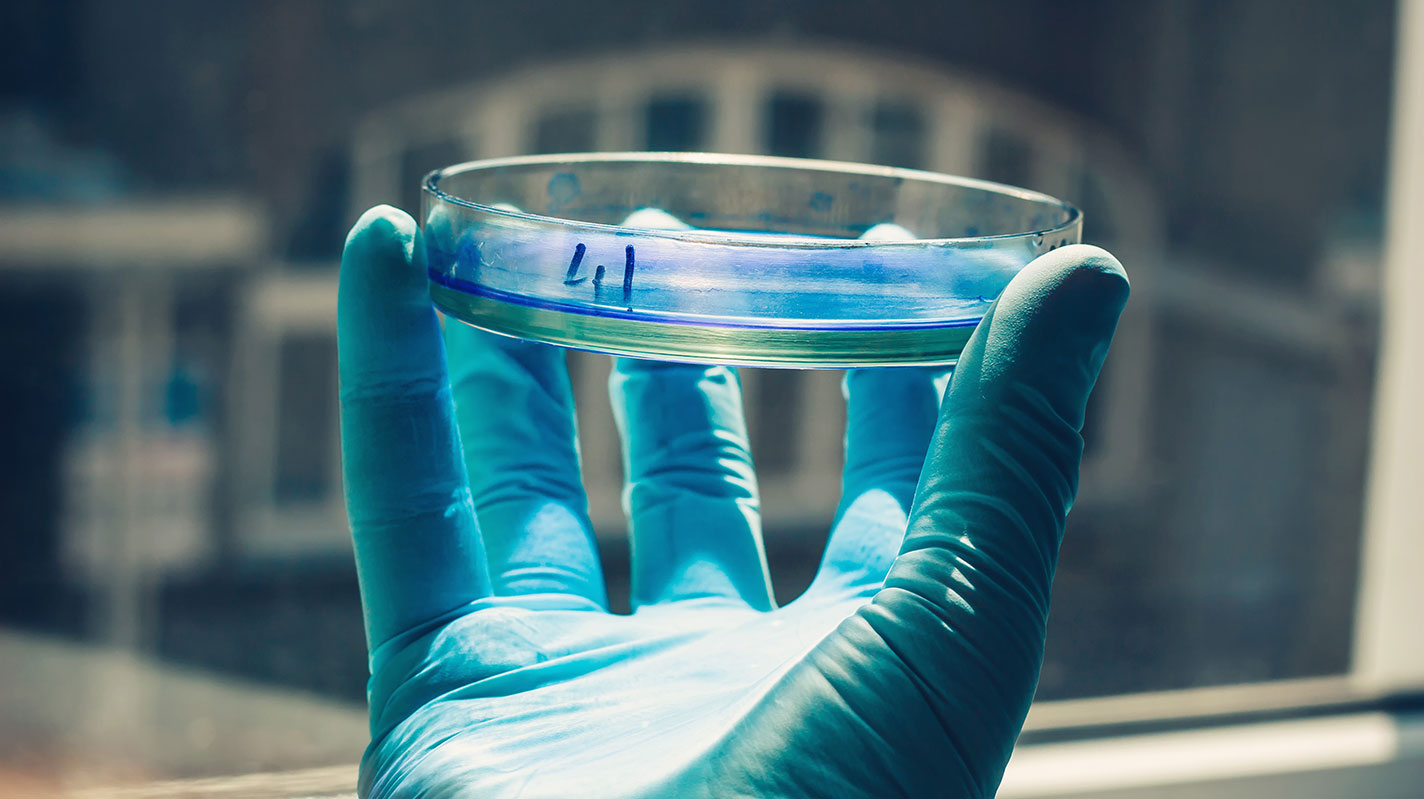Compliance Standards for Cannabis Microbiology Laboratories
Learn about compliance and organizations in the cannabis industry that guide and govern growth, production and sale of products.

There are many resources available to support your journey of setting up a cannabis microbiology testing laboratory. If you’re creating a micro lab in-house for in-process testing, or establishing a compliance testing lab, ISO (International Standard for Organization), Good Laboratory Practice (GLP), Good Agricultural Practice (GAP), and Good Manufacturing Practice (GMP) are instrumental guideposts to ensure quality assurance and a standardized management system.
ISO/IEC 17025
ISO (International Organization for Standardization) develops and publishes a wide range of commercial standards among numerous industries. ISO develops standards to ensure quality, safety, and efficiency of products, services, and systems. ISO then oversees and awards accreditation or certification to those in adherence with their standards. There are numerous published ISO standards, including:
- ISO/IEC 17025, testing labs, including cannabis testing labs
- ISO 9001, quality management systems
- ISO 22000, food safety management systems
- ISO 45001, occupational health and safety
In ISO/IEC 17025, the testing lab standard specifies requirements for lab calibration and testing competency, covering standard, non-standard, and laboratory-developed methods. Per some current state regulations, cannabis compliance labs are required to achieve ISO accreditation to operate. ISO accreditation is optional for in-house micro labs not providing client services. It should be noted, ISO accreditation does not deem the science is proper in relation to methodology. ISO does ensure the laboratory is following protocols and the standard operating procedures for methods are being followed as stated. Some requirements of the standard are traceability and quality. A well developed and implemented Quality Program and Quality Manual demonstrate a lab’s operations and directly benefit ISO. A lab is not accredited for ISO 17025. There is a scope to the accreditation where methods are accredited.
When seeking ISO accreditation for a compliance testing lab or in-house testing lab, the broad steps required should be followed. These steps are as follows:
- Familiarize yourself with the ISO 17025 standard. This can be obtained directly from ISO and will serve as a roadmap for your ISO journey.
- Determine which methods will be under the scope of your accreditation.
- Perform a gap analysis of your current Quality Management System (QMS) to determine which standards are compliant, and which require modifications to pass an ISO audit and meet the standard.
- Setup an ISO project and assign tasks to appropriate shareholders. Include a reasonable timeline.
- Inform and educate members of the organization who will be working with the ISO quality management system. Plan accordingly for training.
- Develop and document all aspects of the ISO 17025 QMS, including procedures, recordkeeping, forms, etc.
- Audit the QMS internally. Hold the internal audit to the same standards as an official auditor.
- Select an appropriate accreditation body and schedule the audit to achieve official ISO accreditation.
Good Laboratory Practices (GLP)
Good Laboratory Practice is a set of guidelines designed to assure integrity of non-clinical laboratories. GLP is a quality management system and not a scientific management system. This means GLP defines a set of quality standards for study conduct, data collection, and result reporting. GLP is the recipe for a successful process leading to successful results. A few good laboratory practices are:
- Implement Testing Method Validation
- Ensure Data Integrity
- Store Materials Appropriately
- Wear your PPE, lab coat, and proper lab attire
- No food or drink in the lab
Following GLP consistently ensures accurate and precise scientific testing results which will promote optimal consumer safety. Within the microbiology lab this spans from aseptic technique to proper pipetting skills.

Good Agricultural Practices
Good Agricultural Practices (GAP) are a collection of guidelines to apply to pre-harvest, post-harvest, and agricultural production processes to ensure safe and healthy agriculture products. This reduces the risk of microbial contamination and risks associated with human pathogens such as Aspergillus and Listeria. Implementing GAP improves workflow and cross-contamination prevention within your lab and will prevent pathogens from getting away from your containment facility and out into the environment.
Several Good Agricultural Practices to consider are:
- Water Quality
- Pesticide Compliance
- Waste Management
- Environmental Monitoring
- Growth Medium Testing
Good Manufacturing Practices
Good Manufacturing Practice (GMP) is a system to ensure products are consistently and safely produced in accordance with controlled quality standards. The goal of GMP is to minimize production risks, contamination, and errors while ensuring a higher quality and safer product. There are 8 principles of GMP:
- Write and follow Procedures
- Document and validation work
- Integrate quality & safety into facilities and equipment
- Maintain facilities & equipment
- Define, develop, and demonstrate job competency
- Hygiene habits
- Build quality into products
- Conduct compliance & performance audits
GMP are regulations commonly deployed to manufacturers, processors, and others in multiple industries such as pharmaceutical, food, and beverage to ensure safe, pure, and effective products. GMP is emerging into cannabis cultivation and operating facilities. GMP regulations require a quality approach to regulations to protect consumers from not effective or dangerous products. GMP regulations also address recordkeeping, sanitation, equipment verification, process validation, and complaint handling.
ISO, GLP, GAP, and GMP are instrumental guideposts to ensure quality assurance and a standardized management system. Implementing one or several of these practices promotes the reduction of risks and the improvement of public health and the environment.





